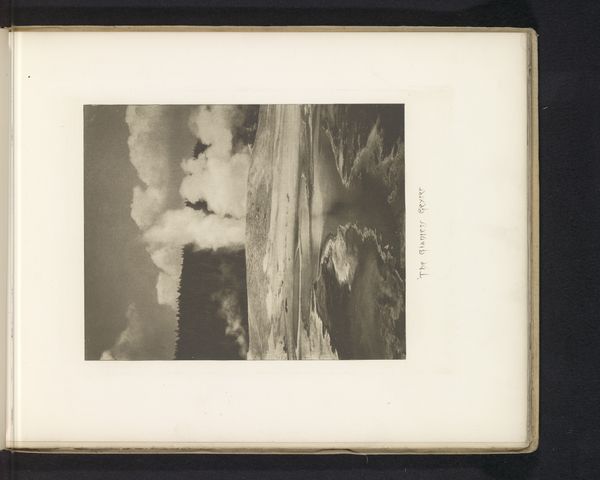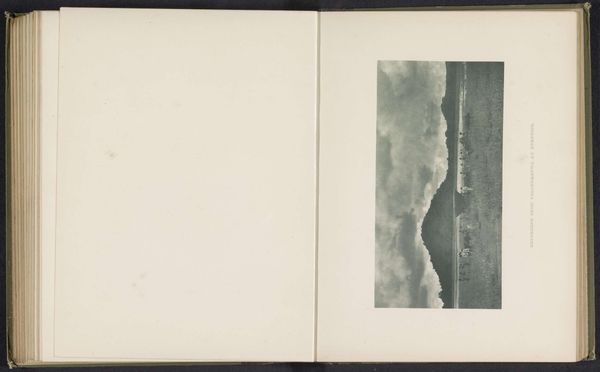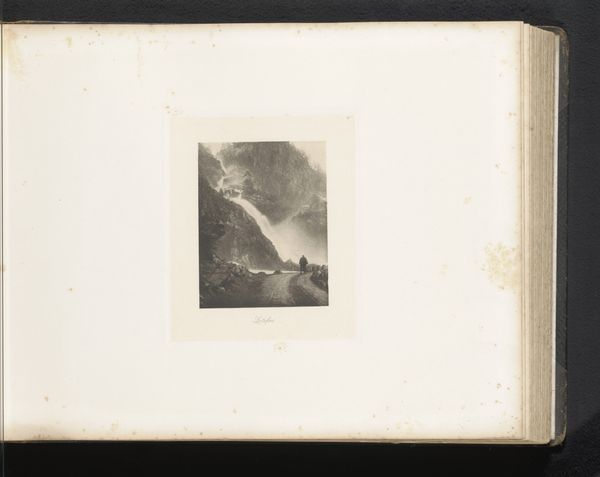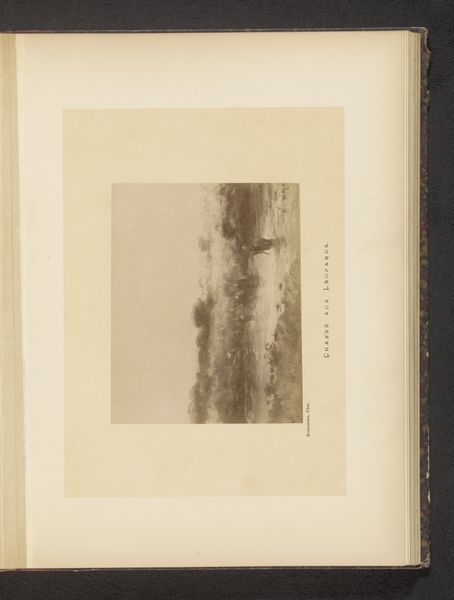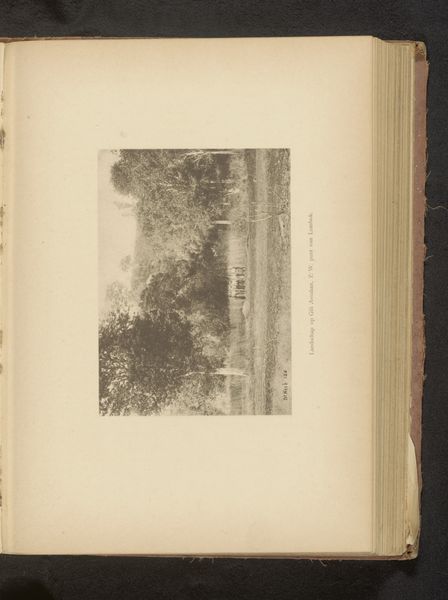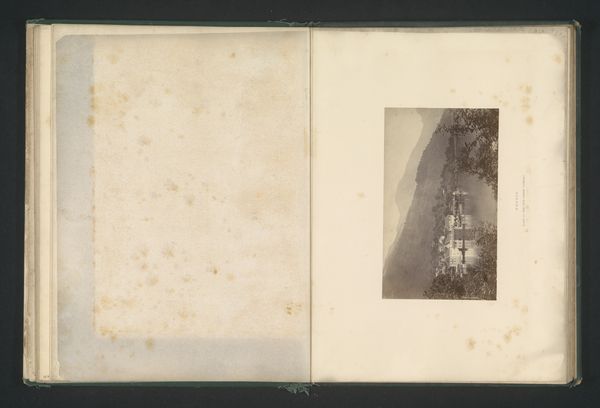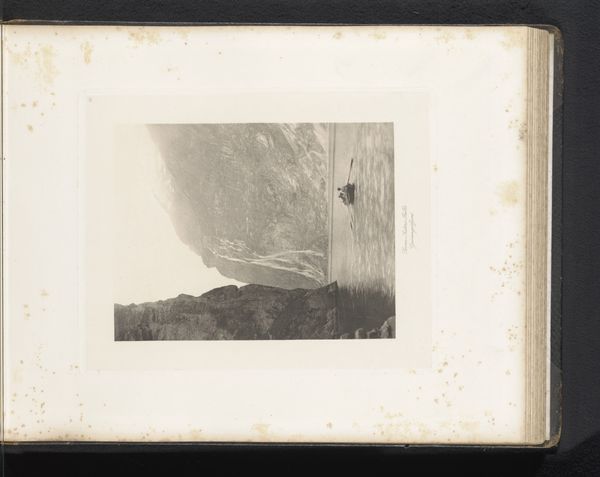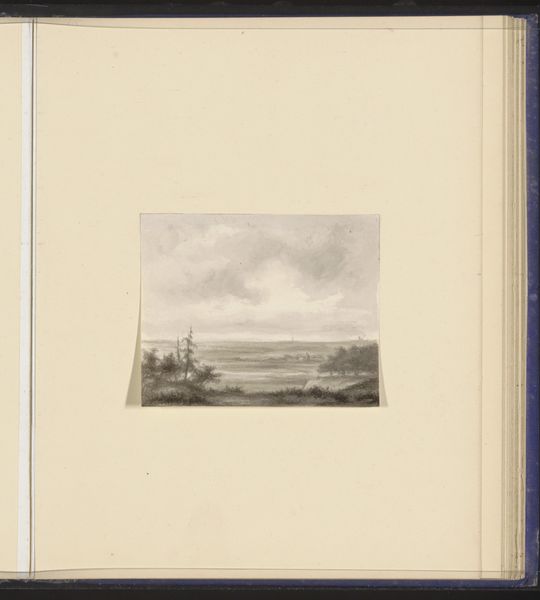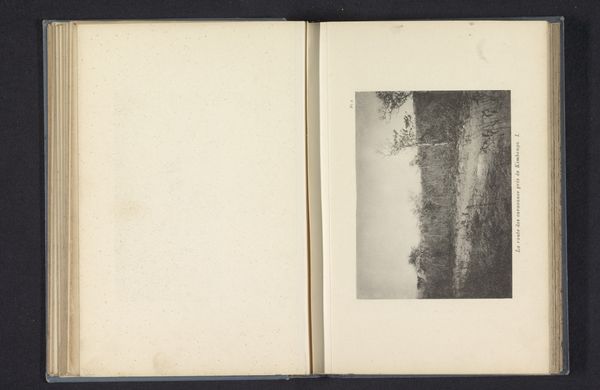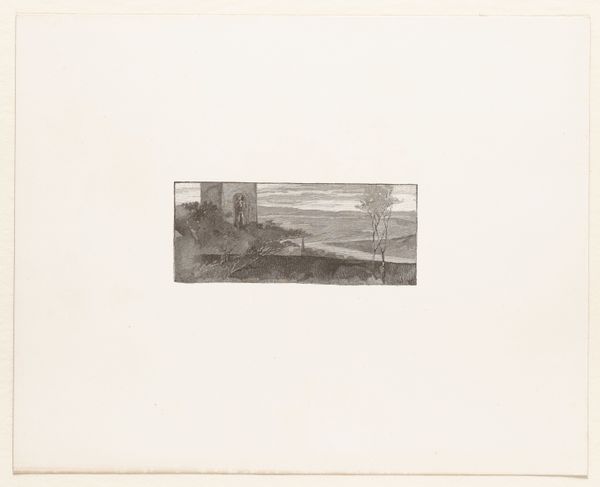
photogram, photography
#
photogram
#
pictorialism
#
landscape
#
photography
Dimensions: height 207 mm, width 165 mm
Copyright: Rijks Museum: Open Domain
Editor: This is "The Giant Geyser," a photograph captured by Frank Jay Haynes sometime before 1887. The tones are wonderfully soft. What do you make of it? Curator: Well, immediately, it speaks to the late 19th century's fascination with the American West. Haynes wasn't just capturing a landscape; he was participating in constructing a national identity. How do you think this image might have been received by people living in urban centers back east? Editor: I imagine it felt both exotic and romantic, feeding into ideas of Manifest Destiny. It's not just a geological feature; it becomes symbolic. Curator: Exactly. And the style – the soft focus, the carefully composed scene – it’s Pictorialism, aligning photography with painting as a fine art. Consider the socio-political implications: who had access to these images? Who was being invited to participate in this vision of America? Editor: So it’s presenting a particular version of nature, filtered through an artistic lens, for a specific audience? Curator: Precisely. And Haynes ran a very successful commercial photography business alongside his artistic endeavors. It's essential to remember the economic factors influencing his work. What does this pairing of nature, art and commerce make you consider about how natural parks are perceived by the public at that moment? Editor: That really changes my perspective. I see now the commercial aspect entwined with artistic expression and the making of cultural values, and that informs how public spaces such as national parks become valued in popular imagination. Curator: Exactly. It invites reflection on how images like these have shaped, and continue to shape, our understanding of the relationship between nature, nation, and representation.
Comments
No comments
Be the first to comment and join the conversation on the ultimate creative platform.
